Natural disasters often serve as stark reminders of the planet’s unpredictable nature. While they can have catastrophic effects on human populations, they also wreak havoc on animal communities. Some events are so devastating that they result in the obliteration of entire species. In this listicle, we’ve rounded up 12 of the deadliest natural disasters that led to the extinction of animal populations.
1. Mount Toba’s Supervolcanic Eruption and the Plight of Ancient Species
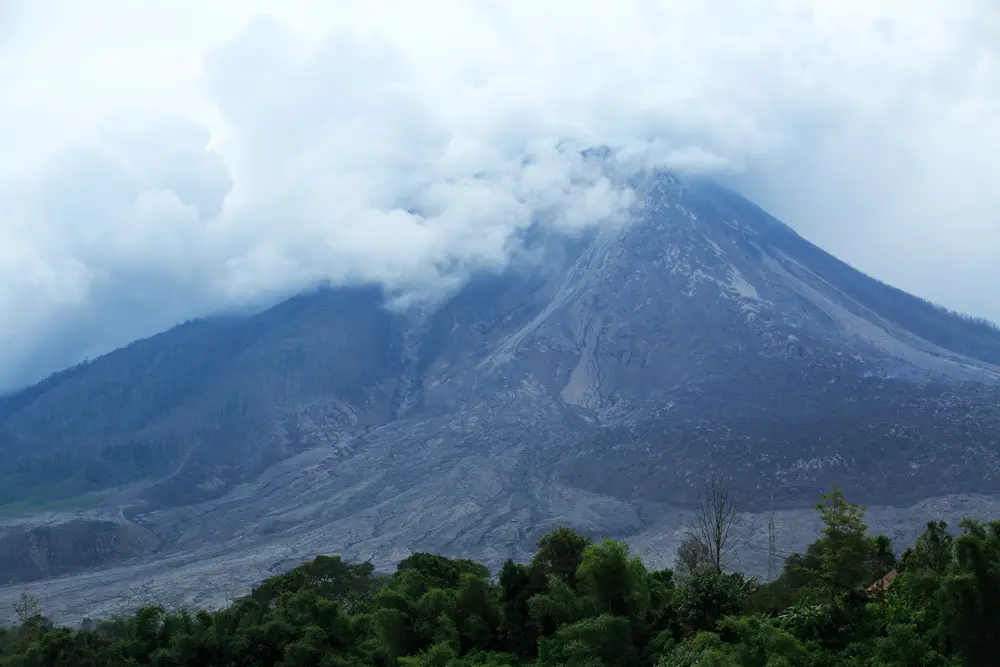
Tens of thousands of years ago, the supervolcano known as Mount Toba erupted on Sumatra Island, leaving an indelible mark on both human and animal history. This eruption, categorized as a super-eruption, caused massive climate changes, leading to a volcanic winter. The drastic drop in temperature and ash fallout significantly affected animal populations across the globe. According to a study by the University of Illinois, this event pushed many species, such as the ancient Mastodon, to the brink of extinction. This period saw a drastic decline in biodiversity, with countless species failing to adapt to the harsh conditions.
While many animals struggled to survive, some managed to adapt to the cooler climate, evolving new survival strategies. However, the Mastodons and other species reliant on specific ecosystems were not as fortunate. Their decline serves as a reminder of how natural disasters can drastically shape evolutionary pathways. The Mount Toba eruption is a testament to the volatility of nature and the resilience and vulnerability of life on Earth.
2. The 2004 Indian Ocean Tsunami: A Wave of Destruction
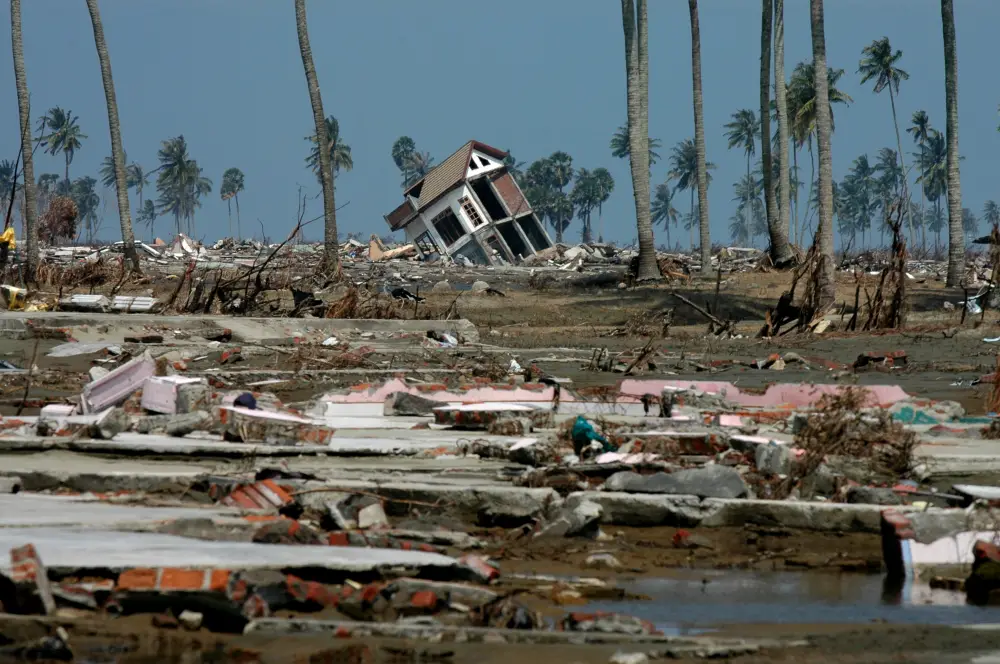
The 2004 Indian Ocean tsunami was one of the deadliest natural disasters in modern history, claiming the lives of over 230,000 people across 14 countries. However, the impact on animal life was equally catastrophic, particularly for coastal and marine species. The giant waves that crashed ashore devastated ecosystems, wiping out entire populations of fish, turtles, and seabirds. Mangrove forests, which serve as critical habitats for numerous species, were obliterated, leaving animals with nowhere to seek refuge. According to National Geographic, the sudden change in salinity and habitat destruction had long-lasting effects on local biodiversity.
In the aftermath of the tsunami, scientists observed significant changes in animal behavior and ecosystem dynamics. Many species that survived initially faced food shortages and increased competition for the remaining resources. Conservation efforts have since focused on restoring damaged habitats and monitoring the recovery of affected populations. The 2004 tsunami highlighted the interconnectedness of ecosystems and the far-reaching consequences of natural disasters on wildlife.
3. Australia’s Black Summer Fires: A Crisis for Koalas and More
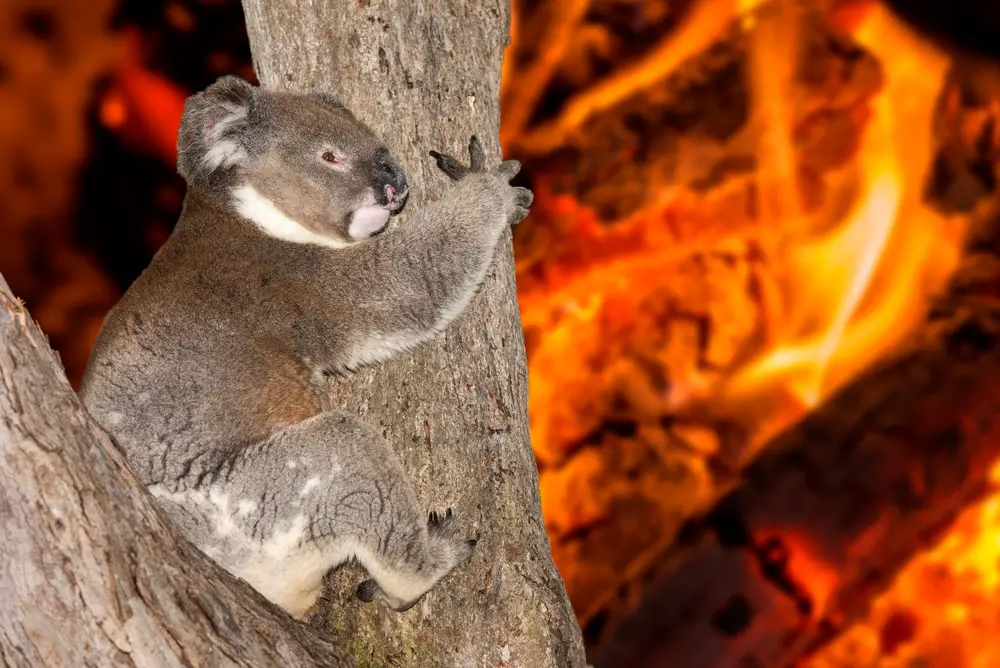
The 2019-2020 bushfire season in Australia, known as the Black Summer, was unprecedented in its scope and intensity. It burned an estimated 18.6 million hectares, destroying vast tracts of forest and leading to the loss of approximately 3 billion animals. The fires had a particularly devastating impact on the iconic koala population, with thousands perishing and many more displaced. According to WWF Australia, the fires pushed the species closer to extinction, as critical habitats were lost. The fires also affected lesser-known species, such as the Kangaroo Island dunnart and the greater glider.
In addition to the immediate loss of life, the fires led to long-term challenges for surviving wildlife. Degraded habitats and a lack of food sources have forced animals to migrate and adapt to new environments. The recovery process is ongoing, with conservationists working tirelessly to restore ecosystems and support affected species. Australia’s Black Summer serves as a stark reminder of the devastating impact of climate change and the urgent need for action to protect vulnerable wildlife.
4. The Permian-Triassic Extinction: Earth’s Most Severe Mass Extinction
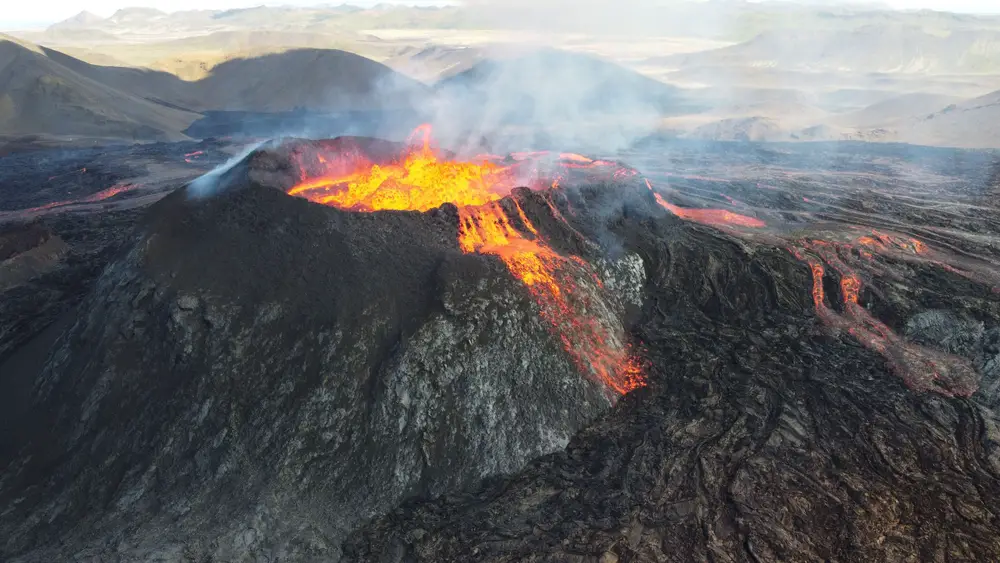
Around 252 million years ago, the Earth experienced its most severe mass extinction event, known as the Permian-Triassic extinction. This event wiped out nearly 96% of marine species and 70% of terrestrial vertebrate species, earning it the nickname “The Great Dying.” The causes of this extinction are still debated, but many scientists believe it was triggered by massive volcanic eruptions in what is now Siberia. These eruptions released large amounts of greenhouse gases, leading to climate change, ocean acidification, and widespread habitat loss.
The Permian-Triassic extinction event had profound effects on the course of evolution, paving the way for the rise of dinosaurs in the ensuing Triassic period. However, the recovery of biodiversity took millions of years, with ecosystems slowly rebuilding from the ground up. This event highlights the fragility of life on Earth and the potential for rapid environmental changes to reshape the planet. It serves as a cautionary tale for modern times as we face our own environmental challenges.
5. The K-T Extinction: Goodbye to the Dinosaurs
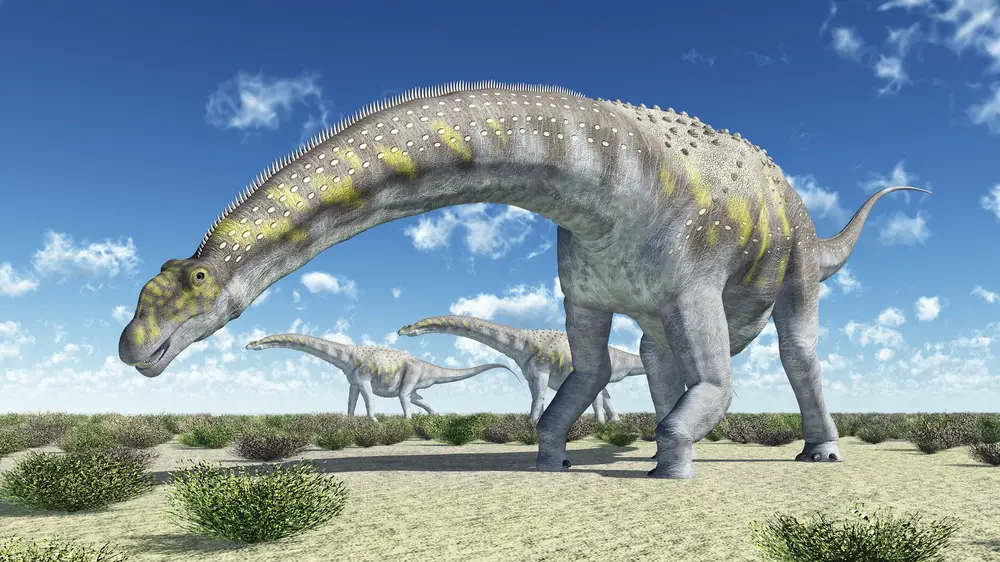
The Cretaceous-Tertiary (K-T) extinction event, which occurred around 66 million years ago, is perhaps the most famous of all mass extinctions. It marked the end of the dinosaurs’ reign, along with the extinction of about 75% of all species. This event is widely believed to have been caused by a massive asteroid impact in what is now the Yucatan Peninsula, creating the Chicxulub crater. The impact would have triggered global fires, a “nuclear winter” effect, and drastic changes in climate and sea levels.
While the dinosaurs’ extinction often captures the spotlight, this event also led to the loss of numerous other species, including marine reptiles and many plant species. However, it also paved the way for the rise of mammals and eventually humans. The K-T extinction serves as a powerful example of how catastrophic events can completely alter the course of life on Earth. It also underscores the importance of understanding and preparing for potential future impacts from space.
6. The Ice Age’s Relentless Grip on Megafauna
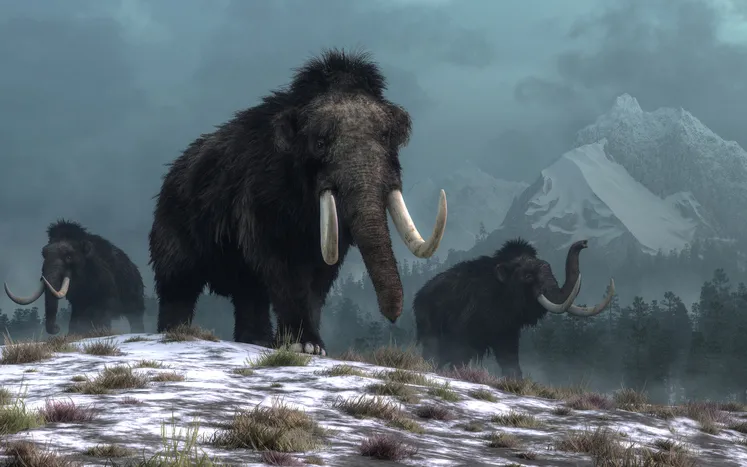
The last Ice Age, which peaked around 20,000 years ago, brought about massive changes in climate and habitat, leading to the extinction of many megafauna species. Giant animals like the woolly mammoth, saber-toothed tiger, and giant ground sloth were unable to adapt to the cold, harsh conditions. The Ice Age saw a shift in ecosystems, with many grasslands giving way to tundra and coniferous forests, challenging the survival of large herbivores and their predators. The combination of climate change and human hunting likely contributed to the decline of these iconic species.
As the ice sheets receded, the planet underwent significant changes, allowing new ecosystems to emerge and new species to thrive. The extinction of the megafauna had lasting impacts on ecosystems, influencing vegetation patterns and the evolution of surviving species. The Ice Age extinctions remind us of the complex interplay between climate change, human activity, and biodiversity. They serve as a lesson in understanding the delicate balance that sustains life on Earth.
7. The Krakatoa Eruption: A Blast Felt Around the World
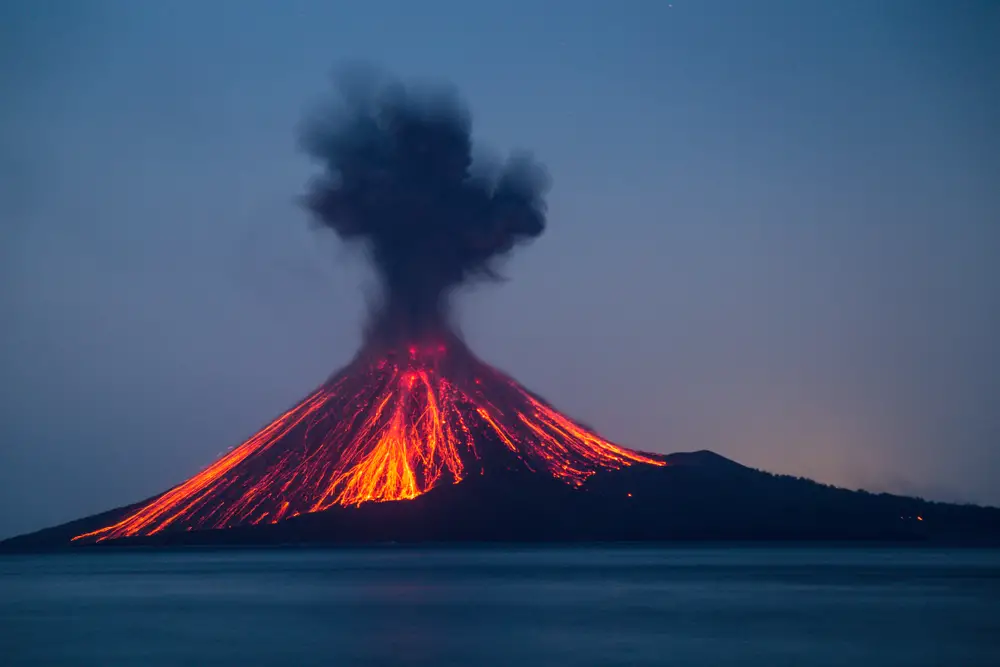
The 1883 eruption of Krakatoa, a volcanic island in Indonesia, was one of the most violent volcanic events in recorded history. The eruption generated massive tsunamis and caused widespread destruction, leading to the deaths of over 36,000 people. However, the impact on wildlife was equally profound, with entire ecosystems wiped out in the surrounding region. The explosion and subsequent ash cloud led to climate changes that affected global weather patterns for years.
The harsh conditions following the eruption led to the extinction of numerous local species, including some unique to the island. As the environment slowly recovered, new species began to colonize the area, leading to a shift in local biodiversity. The Krakatoa eruption serves as a reminder of the power of natural forces to reshape landscapes and ecosystems. It also highlights the resilience of life as new ecological communities emerge from the ashes of disaster.
8. The Tunguska Event: A Mystifying Explosion in Siberia
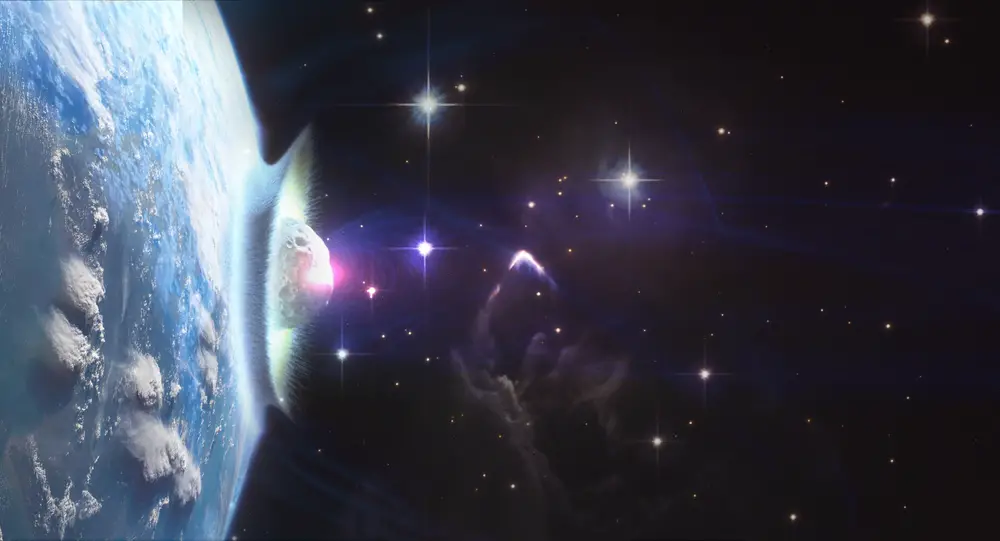
In 1908, a massive explosion rocked the remote Siberian wilderness near the Tunguska River. The event, believed to have been caused by an airburst of a small comet or asteroid, flattened an estimated 2,000 square kilometers of forest. While no human casualties were reported due to the sparsely populated area, the impact on wildlife was significant. Countless animals were killed, and the blast created a desolate landscape devoid of life.
The Tunguska event remains one of the most mysterious and intriguing cosmic collisions in recorded history. Its occurrence in such a remote location limited the immediate impact on global biodiversity, but it serves as a reminder of the potential threat posed by space objects. The event underscores the importance of continued research and monitoring of near-Earth objects to prevent future disasters. It also highlights the need for preparedness in the face of unpredictable natural phenomena.
9. The Hunga Tonga-Hunga Ha’apai Eruption: A 21st Century Wake-Up Call
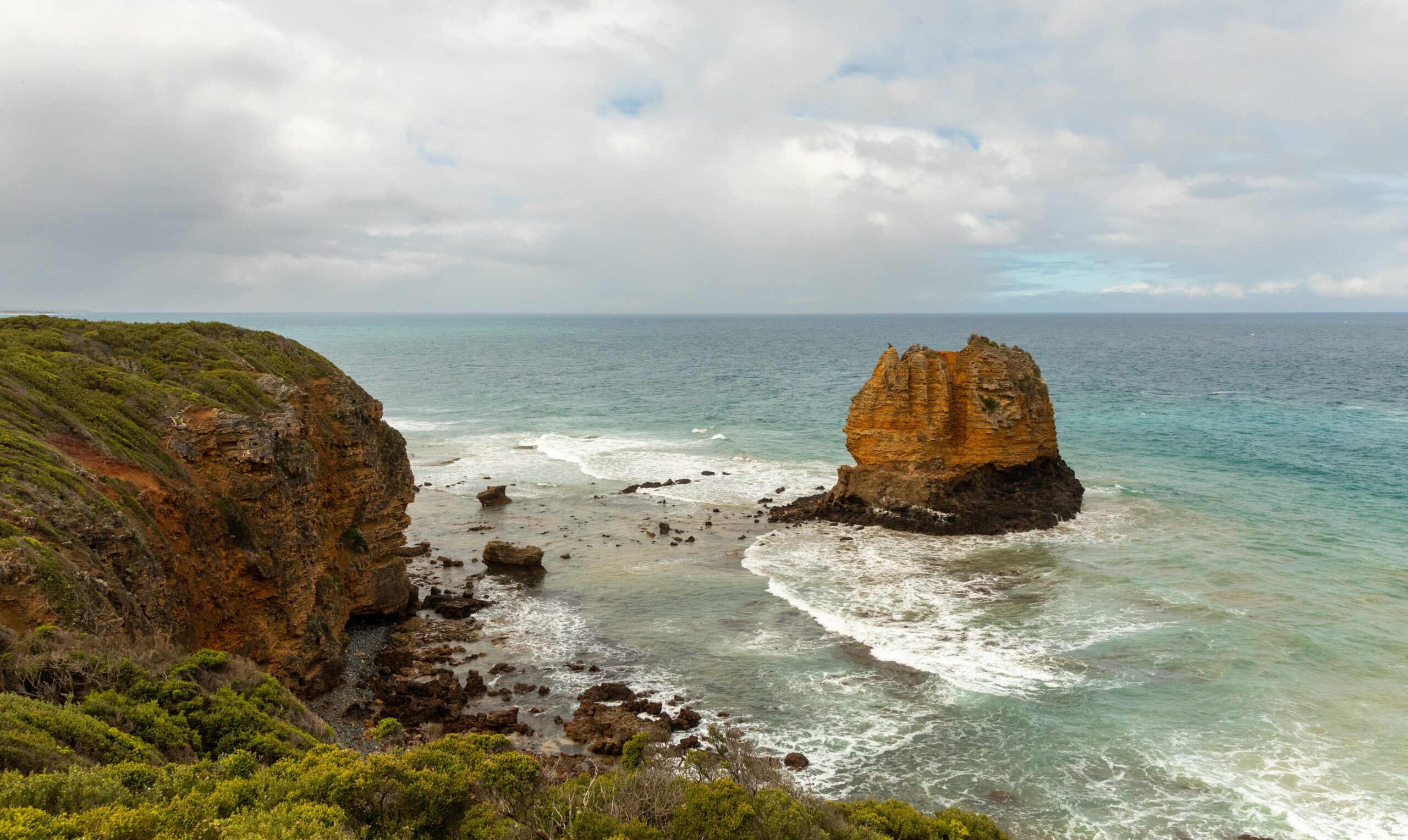
The January 2022 eruption of the Hunga Tonga-Hunga Ha’apai volcano in the Pacific Ocean was a stark reminder of the ever-present threat of volcanic activity. This underwater eruption generated a massive tsunami, affecting coastlines across the Pacific and leading to the destruction of local ecosystems. The eruption significantly impacted marine life, with fish populations decimated and coral reefs damaged by the shockwave and sedimentation.
The eruption also highlighted the interconnectedness of global ecosystems, as the effects were felt far beyond the immediate vicinity. It served as a reminder of the need for continued vigilance and research into volcanic activity and its potential impacts on biodiversity. The Hunga Tonga-Hunga Ha’apai event emphasizes the importance of disaster preparedness and the resilience of communities and ecosystems in the face of natural disasters. It also illustrates the ongoing challenges of balancing human activity with the preservation of our planet’s natural wonders.
10. The Great East Japan Earthquake and Tsunami: A Marine Devastation
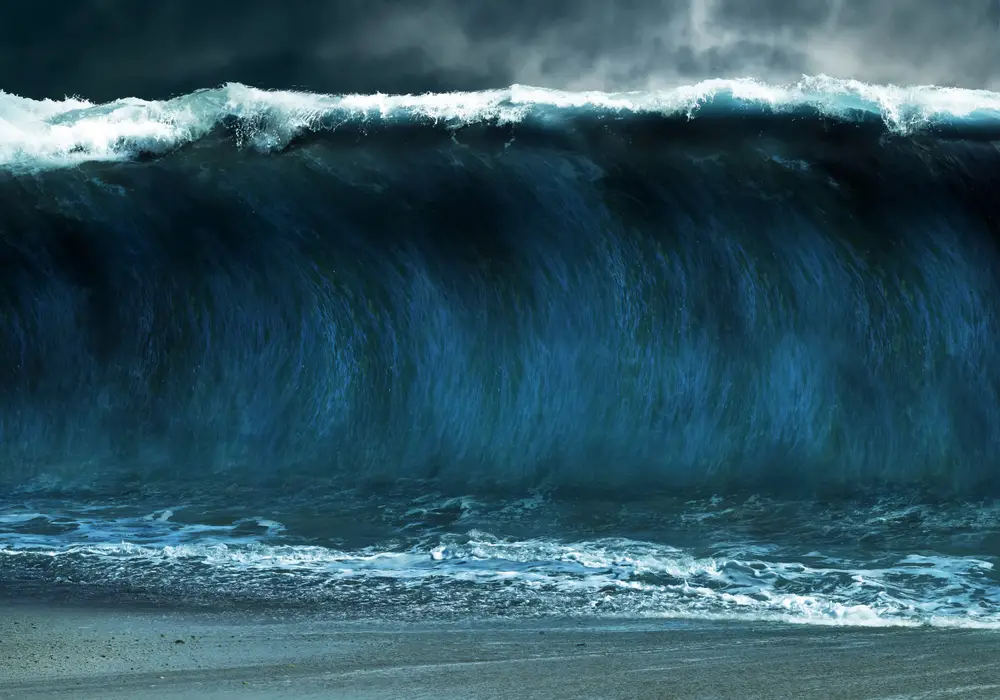
In 2011, the Great East Japan Earthquake triggered a massive tsunami that caused widespread destruction along Japan’s northeastern coast. The tsunami not only devastated human communities but also had a significant impact on marine and coastal ecosystems. Entire populations of fish, mollusks, and other marine organisms were wiped out as the massive waves altered habitats and water chemistry. The disaster also led to the release of radioactive materials from the Fukushima Daiichi Nuclear Power Plant, further impacting marine life.
The ecological consequences of the disaster continue to be felt, as recovery efforts focus on restoring habitats and monitoring the health of affected species. The Great East Japan Earthquake and Tsunami provide a sobering reminder of the vulnerability of coastal ecosystems to natural disasters. They also underscore the need for effective disaster preparedness and response strategies to protect both human and animal communities. The event serves as a catalyst for ongoing research into the resilience and recovery of ecosystems in the face of such devastating events.
11. The 1980 Eruption of Mount St. Helens: A Swift Transformation
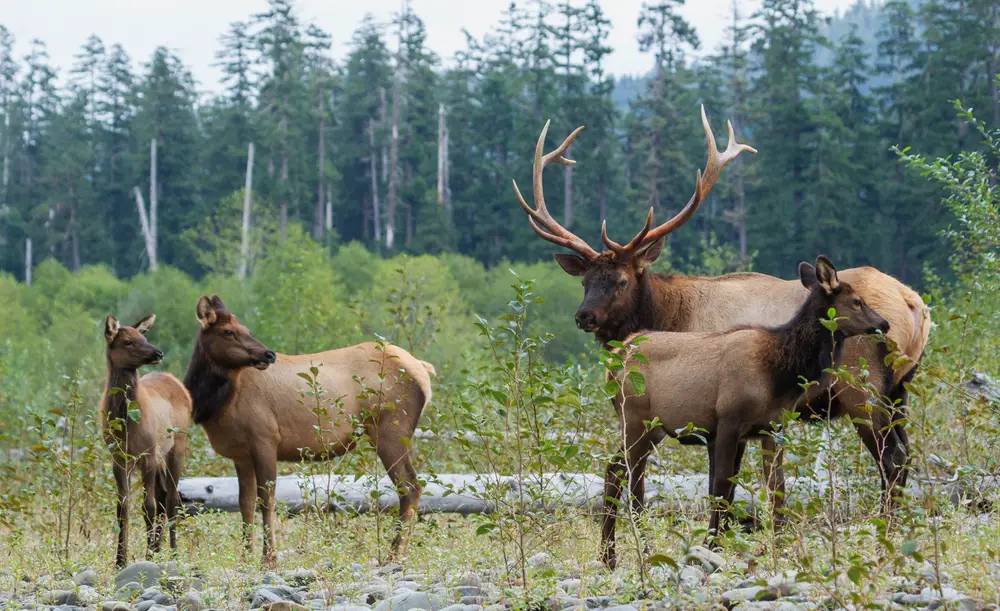
The 1980 eruption of Mount St. Helens in Washington State dramatically changed the landscape, obliterating forests and wildlife in its path. The eruption triggered massive landslides, a lateral blast, and a pyroclastic flow, destroying entire ecosystems within minutes. The immediate aftermath saw the death of countless animals and the loss of habitats crucial for species such as deer, elk, and various bird species.
Despite the devastation, the Mount St. Helens eruption provided a unique opportunity to study ecological recovery and succession. Scientists observed how life slowly returned to the barren landscape, with plants, insects, and animals gradually reestablishing themselves. This natural laboratory has offered valuable insights into the resilience of ecosystems and the processes that drive ecological recovery. The Mount St. Helens eruption underscores the dynamic nature of our planet and the power of nature to both destroy and renew.
12. The Laki Eruption: A Deadly Climate Shift
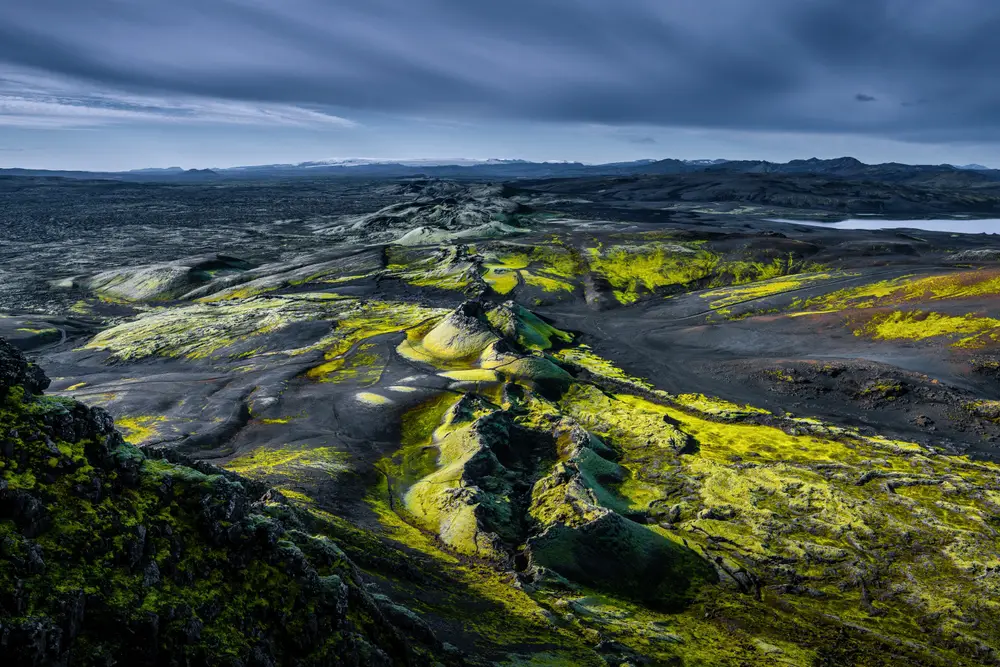
The Laki eruption in Iceland in 1783 was one of the most significant volcanic events in recorded history. Over eight months, the eruption spewed massive amounts of volcanic gases into the atmosphere, leading to severe climate changes across the Northern Hemisphere. The resulting “haze famine” caused widespread crop failures and livestock deaths, leading to the starvation of countless animals. The harsh conditions also had a significant impact on local wildlife, with many species experiencing dramatic population declines.
The Laki eruption’s far-reaching effects on climate and ecosystems highlight the interconnectedness of natural systems. It serves as a reminder of the potential for volcanic activity to disrupt global weather patterns and ecosystems on a massive scale. The event also underscores the importance of monitoring and understanding volcanic activity and its potential impacts on the environment. The lessons learned from the Laki eruption continue to inform our understanding of the complex relationships between natural disasters and biodiversity.
